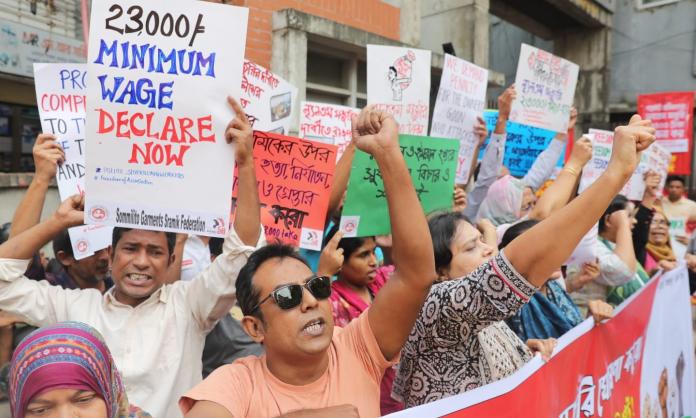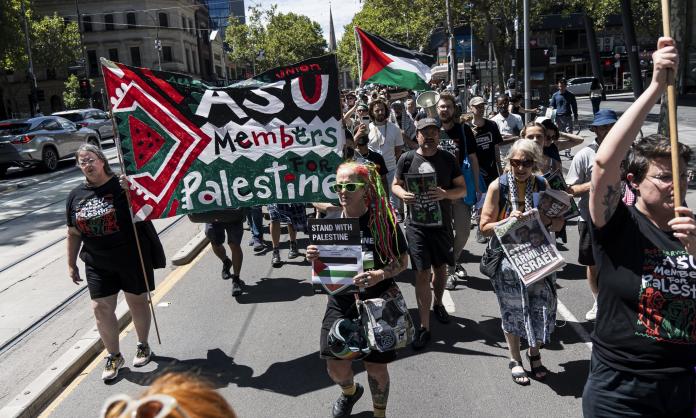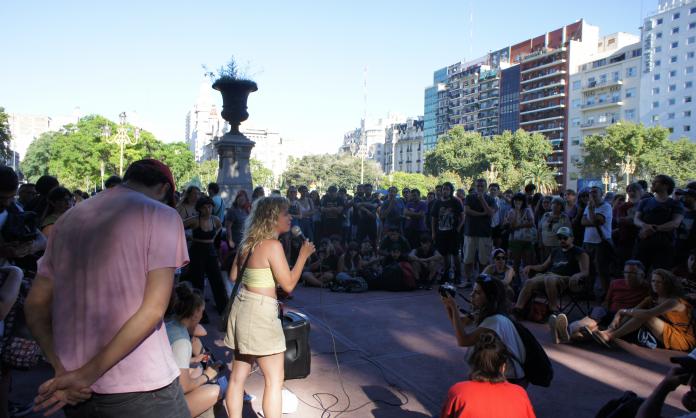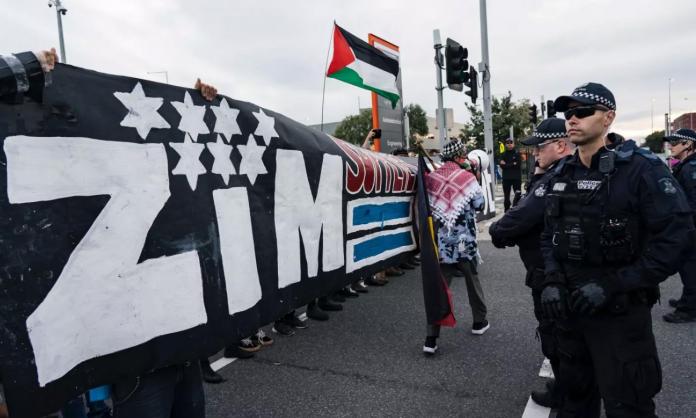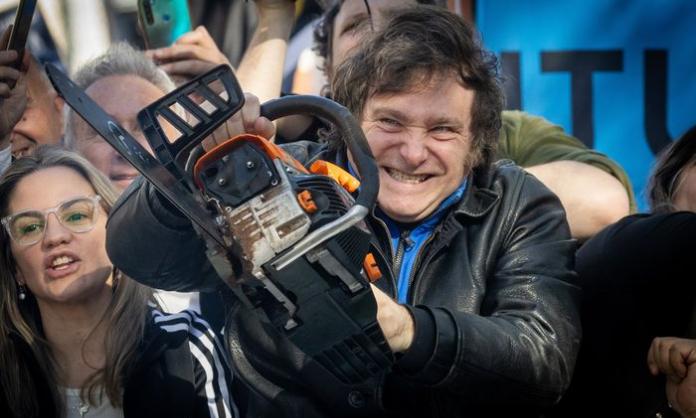For the past month, textile workers in Bangladesh’s ready-made garment industry have been fighting for an increase in the monthly minimum wage from 8,300 taka ($115) to 23,000 taka ($318).
Inflation and a worsening exchange rate have caused living costs in Bangladesh to soar, but the government’s wage board has offered only an increase in the minimum wage to 12,500 taka ($173)—half what the workers are demanding. As Mujahid Ahmed, a sewing machine operator, told France 24, “The wage was low before, and it is still low after the new minimum wage announcement ... It is not enough to meet our basic demands”.
In response, tens of thousands of workers went on strike and took to the streets. They blocked roads and hurled stones at factories. Roughly 600 of the 3,500 garment factories in Bangladesh were closed in what have been the biggest workers’ protests in at least a decade.
For making this stand, workers have been violently assaulted both by thugs hired by the bosses and by the police. Masuma Ahktar, a seamstress, told the Guardian about being beaten with wooden sticks by a group of armed men: “I fell down onto the ground. Even then they wouldn’t stop beating me ... They hit my back, my thighs and my arms repeatedly”.
At least four workers have been killed by police and more than 11,000 have been charged with “violence and vandalism” after participating in the protests. Prime Minister Sheikh Hasina also condemned the strikers, saying, “They have to work with whatever their salary is increased [to] ... If they take to the streets to protest at someone’s instigation, they will lose their job, lose their work and will have to return to their village”.
It’s no surprise that this would be the government's response, given the garment industry makes up almost 16 percent of Bangladesh’s GDP and approximately 85 percent of exports. The government stands fully behind the local capitalists in using “any means necessary” to bring the disruption caused by the strikes to an end.
Not only do the workers—predominantly young women who migrated to the city from rural areas—receive barely livable wages, but basic safety measures are in many places virtually non-existent too. Many garment factories were built higher than regulations allow on unstable foundations and without ventilation or fire prevention and evacuation systems.
This has led to countless industrial “accidents”, which might more accurately be described as murders. The most high-profile of these were the 2012 Tazreen factory fire in which at least 117 were killed and the Rana Plaza collapse of 2013, which killed 1,127. In both cases, locals suspect the true death toll may have been much higher.
The day before the Rana Plaza collapse, at least one of the support columns in the factory was cracked and splintered. An engineer declared the building in imminent danger of collapse. Yet the very next day, under threat of losing several days’ pay and physical violence, thousands were herded back into the building. It collapsed shortly afterwards.
Despite the global outrage sparked by these events, very little has changed in the years since. The profits enjoyed by those at the top of the global garment industry depend on the super-exploitation of workers in some of the world’s poorest countries, and Bangladesh is among those at the bottom of the pile.
An H&M “Pattern Resort Shirt”, made in a factory in Mirpur—a suburb of Bangladesh’s capital Dhaka—sells for up to $25 in Australia. A single worker, sewing in a team in a Bangladeshi garment factory, might make more than $1,000 worth of those shirts every day, while receiving less than $10 in return.
Where does all the extra money go? According to H&M’s Annual Report, the company generated $32 billion in global sales revenue in 2022. It and the other major clothing retailers like Zara, Levi’s, BigW, Kmart and so on are the industry’s biggest winners. A big chunk of the rest of the money the labour of garment workers generates ends up in the pockets of the various local factory owners to whom these companies contract work.
Bangladesh’s garment workers are leading the way in fighting against the highly exploitative heart of the global fashion industry. As Naima Islam, a machine operator, told the Guardian, “They are trying to silence us but we won’t back down”.




